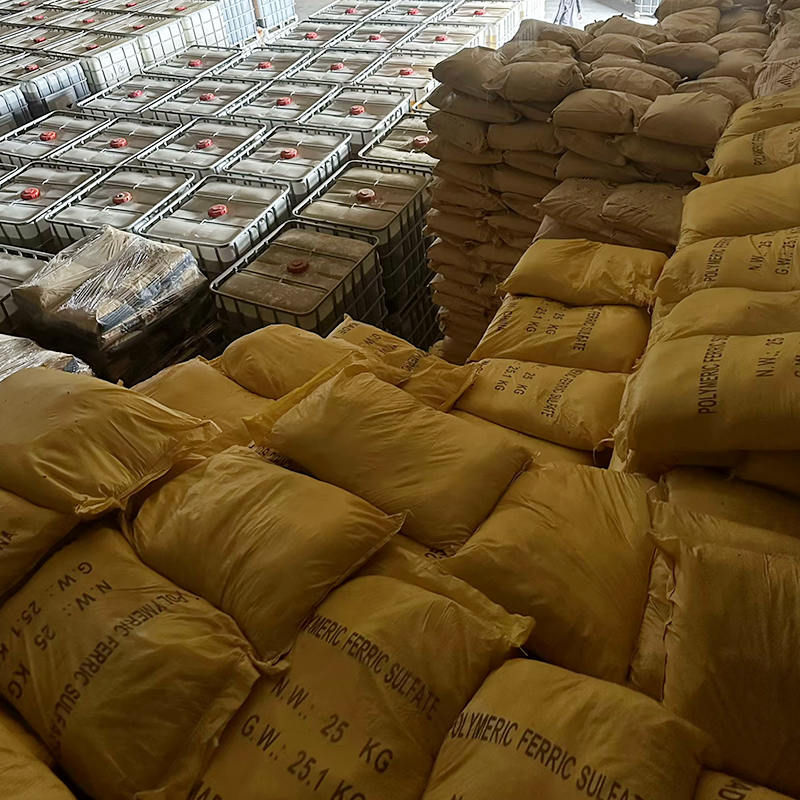In the world of water treatment, efficiency and system longevity are paramount. For industries relying on reverse osmosis (RO) systems to produce purified water, protecting the integrity of the membranes is a constant concern. One of the most effective solutions for this challenge is the use of a Reverse Osmosis Membrane Special Non-Oxidizing Biocide. This biocide is designed to specifically target microbial threats without causing damage to the sensitive RO membranes, ensuring optimal system performance and extended lifespan. But what makes this biocide so effective, and how does it work at a molecular level? Let’s explore the chemistry behind this essential water treatment solution and understand how it keeps your system running smoothly.
The key to the effectiveness of the Reverse Osmosis Membrane Special Non-Oxidizing Biocide lies in its ability to disrupt the structure and function of microbial cells without causing oxidative damage. Unlike oxidizing biocides, which rely on harsh chemical reactions that can corrode and degrade membrane surfaces, non-oxidizing biocides like this one provide a more controlled, gentle approach to microbial control. The biocide penetrates the cell walls of bacteria, fungi, and algae, interfering with their metabolic processes. This action disables the microorganisms’ ability to reproduce and form biofilms, a major cause of fouling in RO membranes.

When microorganisms come into contact with the Reverse Osmosis Membrane Special Non-Oxidizing Biocide, the biocide interacts with their cellular components, particularly the proteins and enzymes that are essential for their survival. By disrupting these processes, the biocide causes irreversible damage to the microbes, leading to their death. This is a highly targeted process, meaning that it eliminates harmful microorganisms without affecting the surrounding environment or the RO membrane itself. As a result, users benefit from an effective means of controlling biofouling and microbial growth without sacrificing membrane performance or durability.
One of the most impressive aspects of this biocide is its ability to maintain stability across a wide range of pH levels. Water quality and system conditions can vary greatly, depending on factors such as water source, temperature, and other chemical properties. The versatility of the Reverse Osmosis Membrane Special Non-Oxidizing Biocide allows it to remain effective even in challenging conditions. Whether the system is operating in more acidic or alkaline environments, the biocide continues to perform at peak efficiency, ensuring that microbial threats are eliminated regardless of fluctuating conditions. This makes it a reliable choice for industries with diverse and sometimes unpredictable water sources, such as municipalities, food processing plants, and pharmaceuticals.
Beyond its ability to disrupt microbial cells, the Reverse Osmosis Membrane Special Non-Oxidizing Biocide also plays a crucial role in preventing the formation of biofilms. Biofilms, which are clusters of microorganisms encased in a slimy layer of extracellular polymeric substances (EPS), can form on the surface of the RO membranes. These biofilms significantly reduce water flow and filtration efficiency, leading to increased energy consumption, higher operating costs, and more frequent cleaning and maintenance. The non-oxidizing biocide prevents the formation of these biofilms by stopping microbial growth before it can reach problematic levels. In doing so, it helps maintain the integrity of the membrane and ensures the system runs smoothly over a longer period of time.
The biocide’s effectiveness in biofilm removal is also noteworthy. Once a biofilm has formed on the membrane surface, it becomes increasingly difficult to remove using traditional cleaning methods. However, when the Reverse Osmosis Membrane Special Non-Oxidizing Biocide is used, it works to break down the biofilm, allowing it to be flushed away more easily. This makes the cleaning process more efficient and less time-consuming, resulting in less downtime for the system and reduced maintenance costs.
Another important aspect of the biocide’s chemistry is its excellent biodegradability. As industries around the world become more focused on sustainability and environmental impact, choosing biocides that are both effective and eco-friendly has become a priority. The Reverse Osmosis Membrane Special Non-Oxidizing Biocide meets these demands by breaking down into harmless substances after it has completed its task. This means that the biocide does not accumulate in the environment or pose a threat to aquatic life, making it a safer choice for businesses seeking to reduce their ecological footprint.
Furthermore, the biocide’s compatibility with all types of RO membrane elements adds another layer of convenience for users. Whether your system uses cellulose acetate, thin-film composite, or any other type of membrane, this non-oxidizing biocide is safe and effective. This universal compatibility ensures that businesses do not need to worry about compatibility issues, simplifying the integration of the biocide into existing systems.
In conclusion, the chemistry behind the Reverse Osmosis Membrane Special Non-Oxidizing Biocide offers a sophisticated and effective solution for controlling microbial threats in water treatment systems. Its unique ability to target microorganisms without causing damage to the membrane makes it a vital tool in preventing biofouling and extending the life of RO membranes. By understanding the chemical mechanisms at play, industries can make informed decisions about how to incorporate this powerful biocide into their water treatment processes. With its proven effectiveness, environmental benefits, and compatibility with various membrane types, the Reverse Osmosis Membrane Special Non-Oxidizing Biocide is an essential product for businesses seeking reliable, long-term performance from their RO systems.
 En
En
 عربى
عربى 中文简体
中文简体

